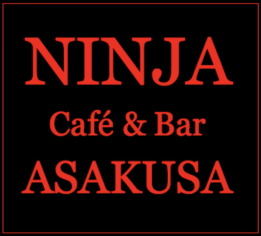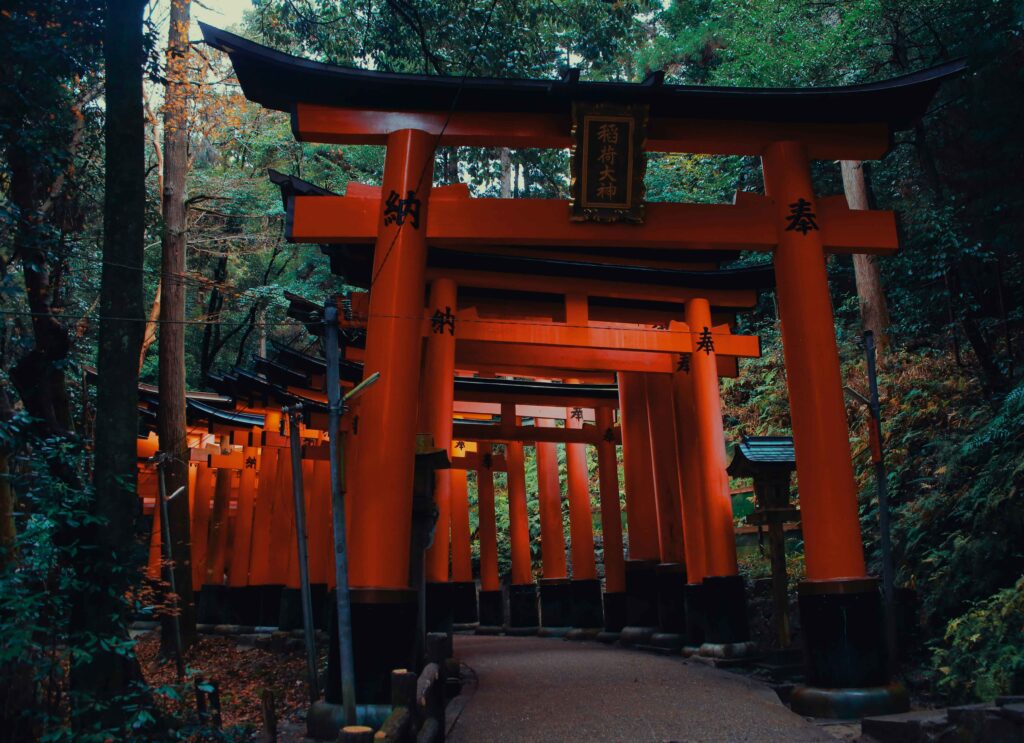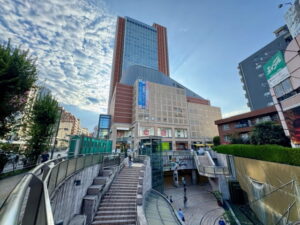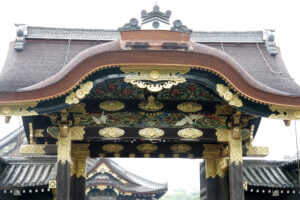伏見稲荷大社 千本鳥居の美しい京都のパワースポット
伏見稲荷大社は、千本もの朱色の鳥居が連なる幻想的な光景で知られており、京都屈指の人気観光スポットです。
この記事では、伏見稲荷大社の概要、境内案内、ハイキング情報、歴史、お土産、アクセス方法、周辺の食事スポットなど、外国人にとって役立つ情報を網羅的に紹介します。
他の神社も気になる方はこちらもご覧ください→京都で絶対に訪れたい神社 9選
正式名称:伏見稲荷大社
所在地:〒612-0882 京都府京都市伏見区深草藪之内町68
営業時間: 24 時間営業
参拝料:無料
電話番号: 075-641-7331
伏見稲荷大社 公式サイト
1. 伏見稲荷大社とは
伏見稲荷大社は、京都市伏見区にある神社です。
全国に約3万社ある稲荷神社としての総本宮であり、稲荷山の麓に本殿があり、稲荷山全体を神域とします。
伏見稲荷大社でよく見かけるきつねは神様のお使いです。
千本鳥居と呼ばれる朱色の鳥居が連なるトンネルは、伏見稲荷大社の象徴的な景観です。
2. 伏見稲荷大社 境内案内
伏見稲荷大社は、約87万平方メートルにも及ぶ広大な敷地面積を誇ります。
伏見稲荷大社の境内には見どころがたくさんあります。
千本鳥居
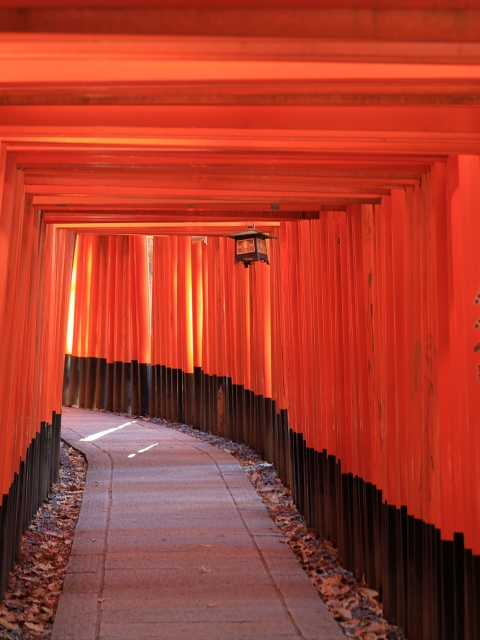
伏見稲荷大社の代名詞とも言える千本鳥居は、約1万基の鳥居が連なるトンネルです。
幻想的な光景を楽しむことができ、観光客に大人気の写真スポットです。
日中は人が多いので早朝がねらい目です。
奥宮
伏見稲荷の本殿から千本鳥居へ続く参道にある奥宮は、伏見稲荷大社の御神体を祀っており、本鳥居を抜けたところにあります。
重要文化財にも指定されている、歴史ある建物です。
奥社参拝所
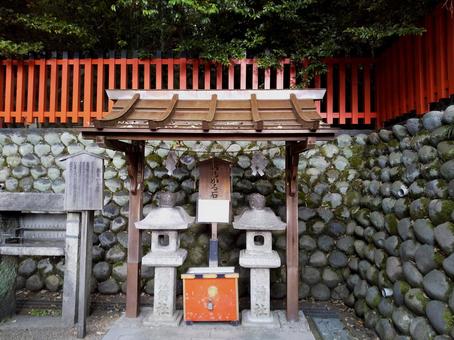
本殿の東側、千本鳥居を抜けた所にあります。
この参拝所の右側に「おもかる石」と呼ばれる石灯篭があります。
この灯篭の前で、願い事の成就可否を念じて石灯篭の頭を持ち上げ、その時に感じ 重さが、自分が予想していたより軽ければ願い事が叶い、重ければ叶うのが難しい
とする、試し石です。
見つけたらぜひ試してみてください。
3. 伏見稲荷大社でのハイキングについて
伏見稲荷山は、山全体が神域とされており、ハイキングコースとして人気があります。
山頂までは約2時間かけて登ることができ、美しい景色を楽しむことができます。
登山道は比較的整備されていますが、歩きやすい靴で行くことをおすすめします。
4. 伏見稲荷大社の歴史
伏見稲荷大社は、奈良時代(711年)に創建されました。
伏見稲荷は元々、稲の豊作を願って建てられた社でした。
稲荷の名前の由来は「稲なり(稲がなること)」の語呂合わせという説もあります。
その後、戦乱により破壊されたこともありましたが、長きに渡って厚く信仰され、様々な形で1300年以上も愛され続けています。
5. 千本鳥居について
伏見稲荷大社は千本鳥居と呼ばれる鳥居で有名です。
この鳥居の多くは、参拝者が奉納したものになります。
では、こんなにも多くの鳥居が建てられたのは、いつからなのでしょうか。
実は、江戸時代以降、(1603〜)願い事が「通る」或いは「通った」の意味から、鳥居を感謝のしるしとして奉納することが広がりました。(現在も鳥居の奉納を受け付けています)
現在は約1万基の鳥居がお山の参道全体に並んで立っています。
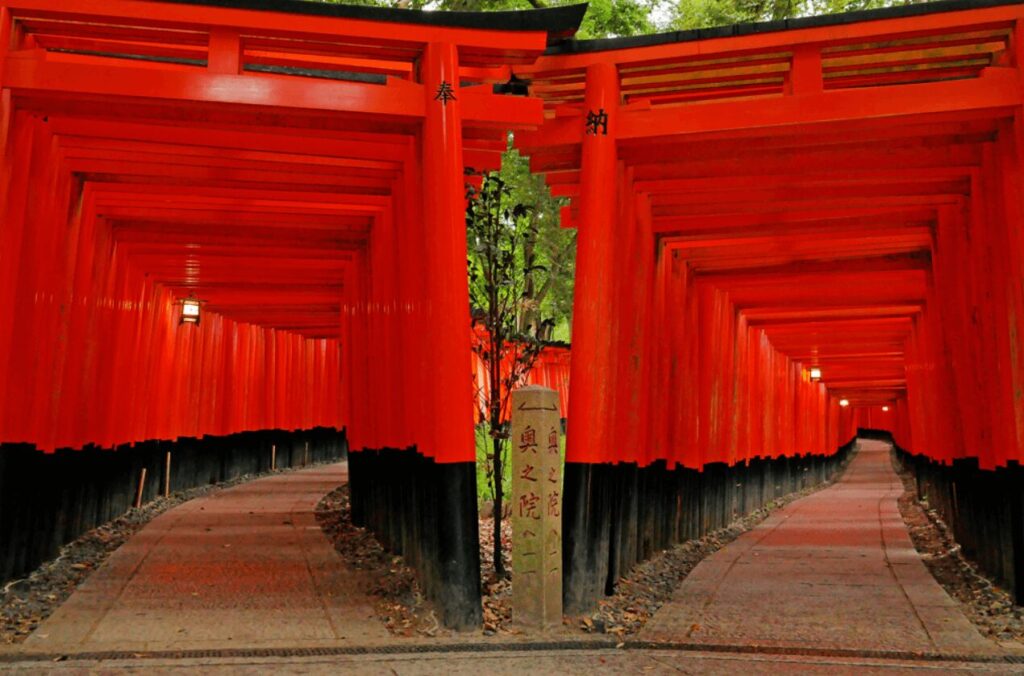
6. 伏見稲荷大社のおすすめお土産
伏見稲荷大社周辺には、お土産屋さんがたくさんあります。
定番のお稲荷さんグッズをはじめ、和菓子や雑貨など様々な商品が販売されています。
おせんの里 松屋(せんべい)
一枚一枚手焼きで焼いた、狐の形のせんべいや、日本版フォーチュンクッキーを買うことができます。
重量が軽く持ち運びやすいので、お土産にもおすすめ。
【営業時間】8:00~18:30
【定休日】不定休
【電話】075-641-1906
【アクセス】京阪本線「伏見稲荷駅」から徒歩約1分・JR奈良線「稲荷駅」から徒歩約5分
おせんの里 松屋 公式サイト
ギャラリーKACCO(狐の雑貨)
かわいい狐の雑貨を探してみませんか?
狐のお面の絵付け体験(1,500円〜、30分〜1時間程度)もでき、伏見稲荷参拝のお供に自分好みのお面を作ることができます。
【営業時間】10:00~17:30
【定休日】金曜日※祝日の場合は営業
【電話】075-641-5527
【アクセス】JR奈良線「稲荷駅」・京阪本線「伏見稲荷駅」から徒歩約3分
ギャラリーKACCO 公式サイト
7. 伏見稲荷大社のアクセス
伏見稲荷大社へのアクセス方法は、以下の通りです。
タクシーも使えますが、周辺道路はかなり混雑するので、電車の利用がおすすめです。
【電車】
・JR奈良線 稲荷駅下車 徒歩直ぐ (京都駅より5分)
・京阪本線 伏見稲荷駅下車 東へ徒歩5分
【市バス】
・南5系統 稲荷大社前下車 東へ徒歩7分
8. 伏見稲荷周辺の食事スポット
伏見稲荷大社周辺には、食事処がたくさんあります。
ぜひ日本の伝統的な食べ物を試してください!
囲炉裏茶屋 ななころびやおき
京都で有名な団子、豆腐、生麩、お揚げさんを、囲炉裏で自分で焼いて楽しむ、体験型カフェ。
【営業時間】11:00~17:30※ネットまたは電話で要予約
【定休日】木曜日、第3水曜日
【電話】075-634-8161
【アクセス】京阪本線「伏見稲荷駅」から徒歩約2分、JR奈良線「稲荷駅」から徒歩約6分
囲炉裏茶屋 ななころびやおき 食べログ
古民家カフェ こむすび
日本の定番の家庭料理、「おにぎり」でエネルギーをチャージしませんか?
日替わりおにぎりもおすすめです。
【営業時間】9:00~15:00
【定休日】不定休
【電話】無
【アクセス】京都府京都市伏見区深草ケナサ町45-6、京阪「龍谷大前深草駅」から徒歩3分、JR「稲荷駅」から徒歩7分
古民家カフェ こむすび 食べログ
にしむら亭
伏見稲荷の境内で、美味しいきつねうどんを食べませんか?
子どもにも親しみやすい麺類です。
【営業時間】10:00~15:00(月~金)、9:00~16:00(土、日)
【定休日】不定休
【電話】050-5486-5231
【アクセス】〒612-0804 京都府京都市伏見区稲荷山官有地 四ッ辻
にしむら亭 公式サイト
私たちについて
東京の浅草・原宿、大阪、京都にある忍者体験カフェを運営しています。
真っ黒な忍者衣装に着替えて、手裏剣や吹き矢をマスターする忍者修行体験を通じて日本文化を体験することができ、大人も子どももワクワクすること間違いありません。
特別な思い出をぜひ写真や動画に撮って楽しんでください。屋内の施設なので、雨の日でも、暑い日・寒い日も楽しめます!
「忍者になってみたい!」と思う方はぜひお越しださい!
ご予約はこちらから。
